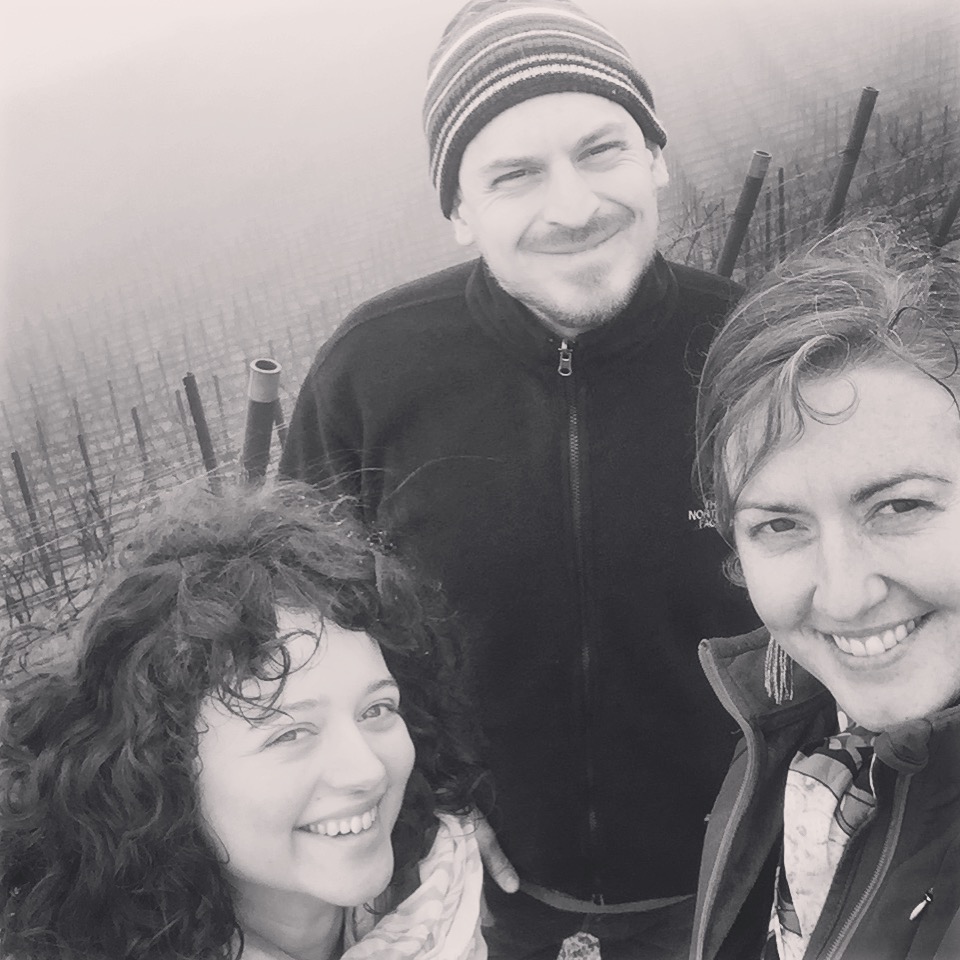

California’s Santa Cruz Mountains AVA is a diverse region made up of unique, isolated vineyards of small scale that are above 800 feet in altitude on the eastern side and 400 feet on the western side. Two factors greatly impact the wines: ocean influence and complex mountain topography.
Most every vineyard in the AVA, because of their altitudes and Pacific proximity, deal with fog events most days; either an emersion in fog, or unique conditions above fog lines, such as warmer temperatures and higher UV levels. We asked everyone we met what they thought linked the AVA, and it was unanimous that marine-related fog events correlated with altitude are the major factors that give the Santa Cruz Mountains AVA an identity—this and the tricky nature of maneuvering from place to place. For the first two days of our visit, a deep fog smothered Santa Cruz; it pressed in close and impaired visibility. We took lovely photos of mysterious fog-blanketed vineyards.
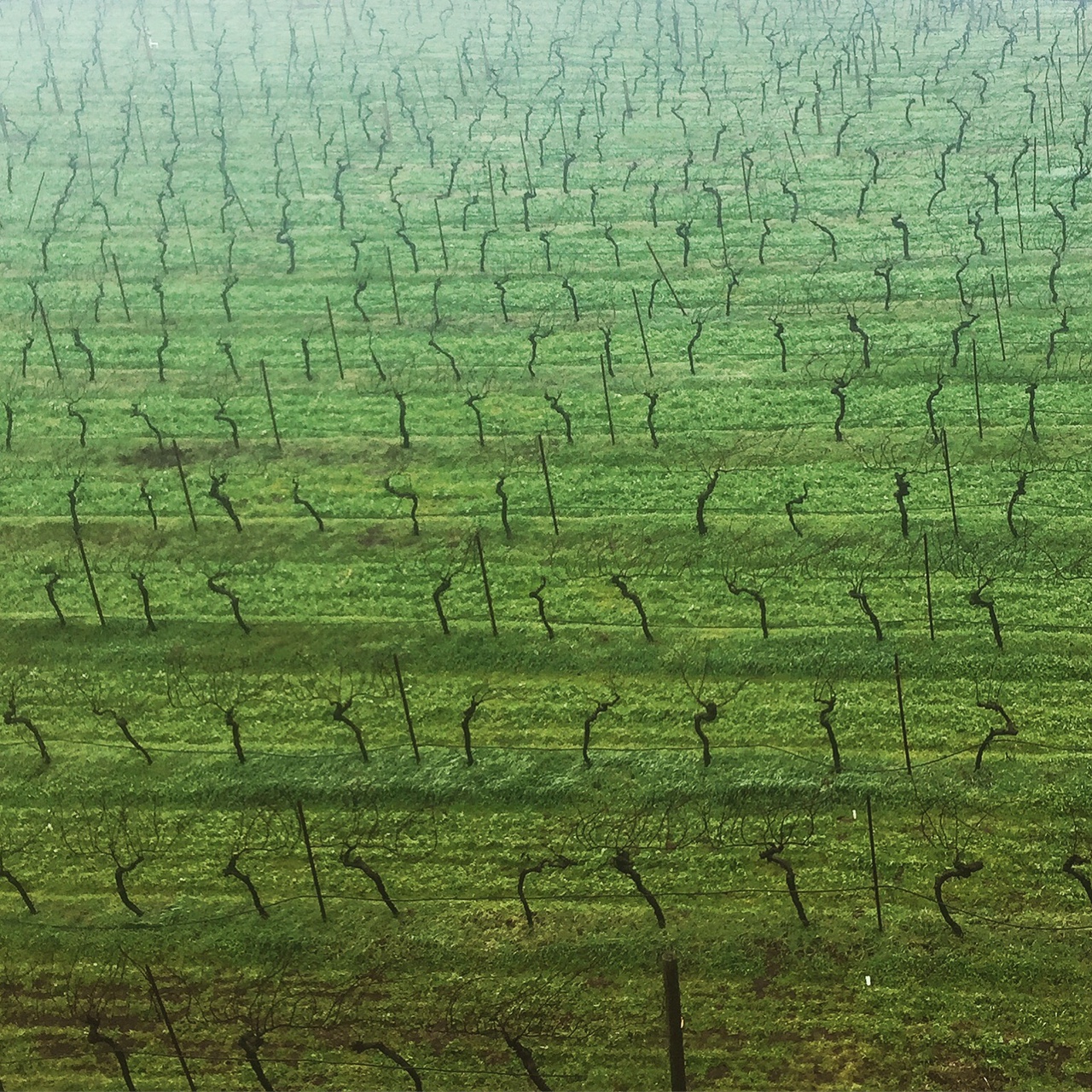

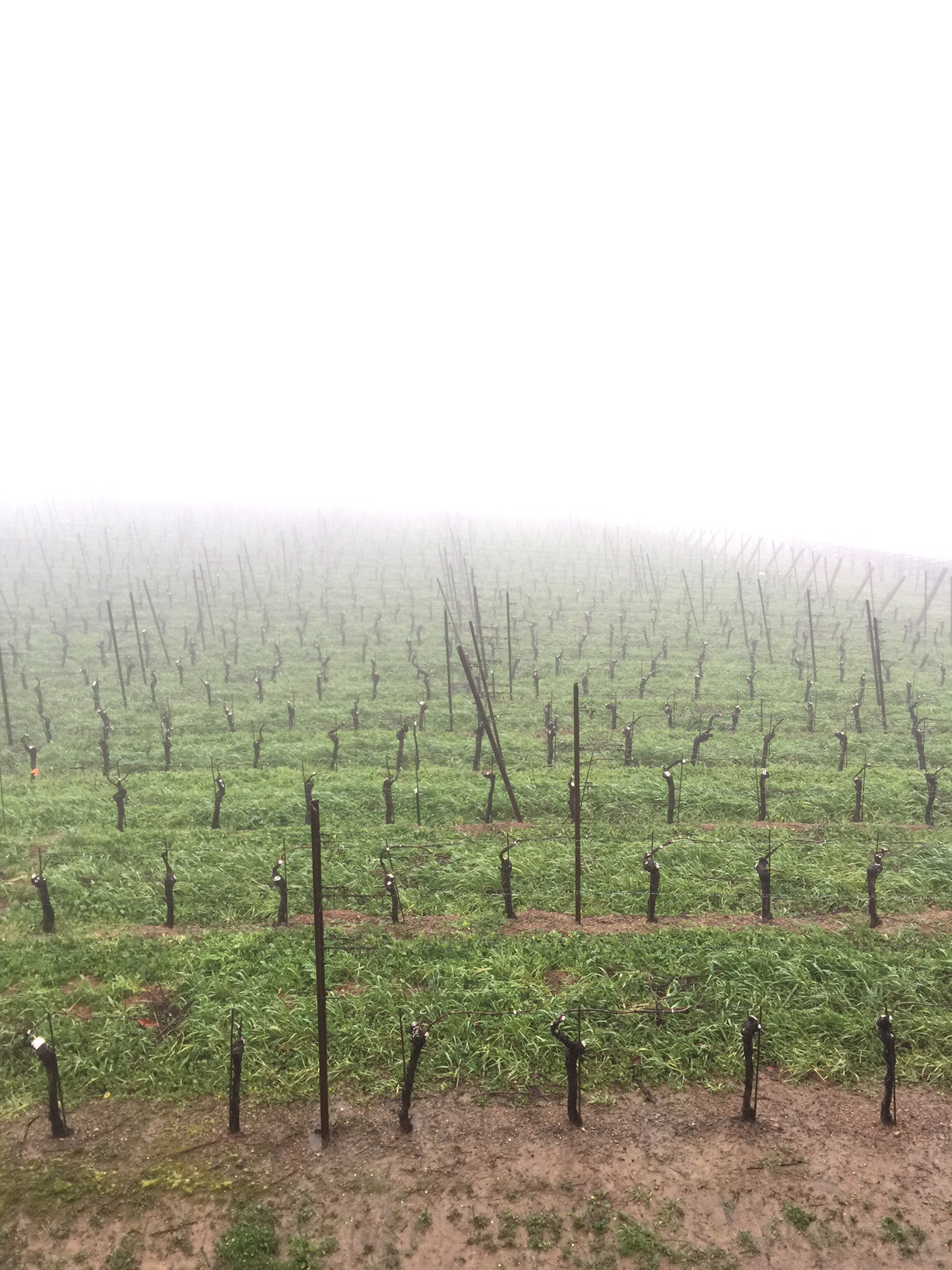

This is not a wine region where you find sprawling vineyards. “40 acres is considered huge,” says local viticulturist Prudy Foxx, and most vineyards we walked were less than 10 acres. And there are few shortcuts from one mountain top vineyard to another: It can take 30 to 60 minutes to travel even a few miles as the crow flies, and the roads are dangerous. Over three days we saw five car accidents and dozens of mudslides; we hugged mountain walls as we drove around washed out roads that had fallen down the mountainside. These kinds of travel issues can greatly impact the wine business during harvest. Gary Robinson, winemaker at Left Bend, marveled at the challenge of moving his grapes out of Muns Vineyard, which sits at 2,600 feet. “Getting up there isn’t the issue. It’s getting down the mountain with a load of grapes in tow.” As our group drove down from a visit to Muns vineyard, it felt like driving down a black diamond ski course. Kenny Likitprakong of Ghostwriter Wines moves grapes from Amaya vineyard through hairpin turns and over precarious bridges.
Despite the close proximity to the high-tech business world of Silicon Valley, cell service is spotty. On our pilgrimage to taste with Jeffrey Patterson of Mount Eden Vineyards, we encountered a blocked road: a fallen tree and downed power lines lay around the bend. To communicate our predicament, we had to drive to the nearest mountaintop to get service. We were able to meet at a different location, but only by taking opposite routes from the road blockage. “This is normal,” said master-mountain driver, Jerry Starr. “You’re really getting a taste of mountain life!”
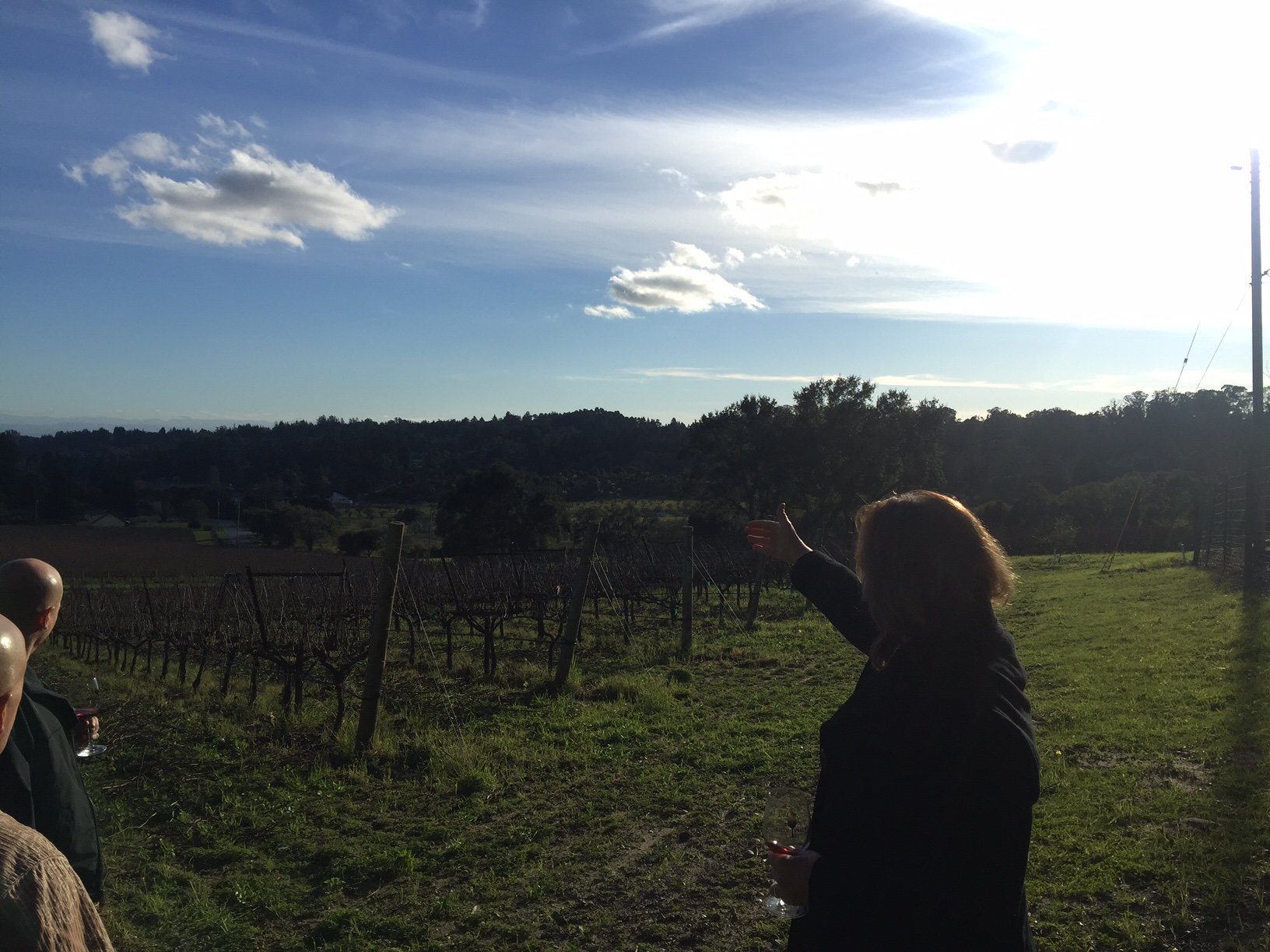

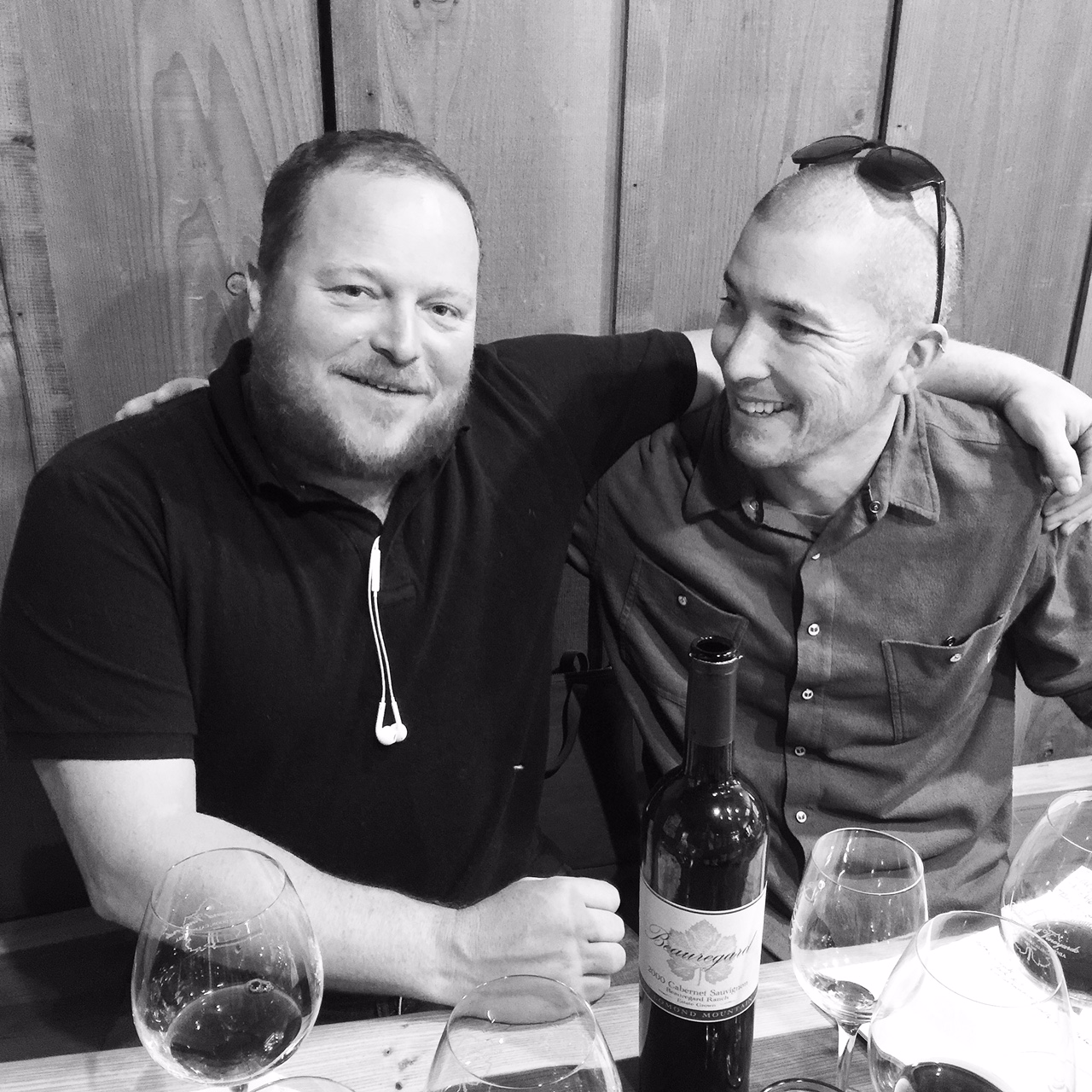

The forest not only threatens to reclaim the roads, it sneaks up to the edges of the vineyards. Most vineyards sit in the tall shadows of redwoods and eucalyptus. Tom Fogarty, of Thomas Fogarty Winery, described practical vineyard placement: “When you’re planting a vineyard,” he said, “it’s easier to clear coyote brush than trees,” so many mountain vineyards are planted in breaks or clearings in the forest and often remain surrounded by tall, undisturbed trees. Towards the mountain summits a thick chaparral creeps up to most vineyard rows and presents itself in the aromatics, similar to how the garrigue you find in Provence and the southern Rhône can often be smelled in those wines. For locavores, the Santa Cruz brush also turns up in the cuisine: we had more than a few foraged mushrooms and rosemary blossoms in our meals.
The winemaker spirit here is tough and we’d characterize it as maverick. Though close to some surfing beach towns, the Santa Cruz Mountain AVA is rugged wilderness, and winemakers are constantly at the mercy of nature: earthquakes from the faults beneath them, hungry forest creatures who want to eat the grapes, wildcats who want to eat them, forest fires, droughts and mildew.
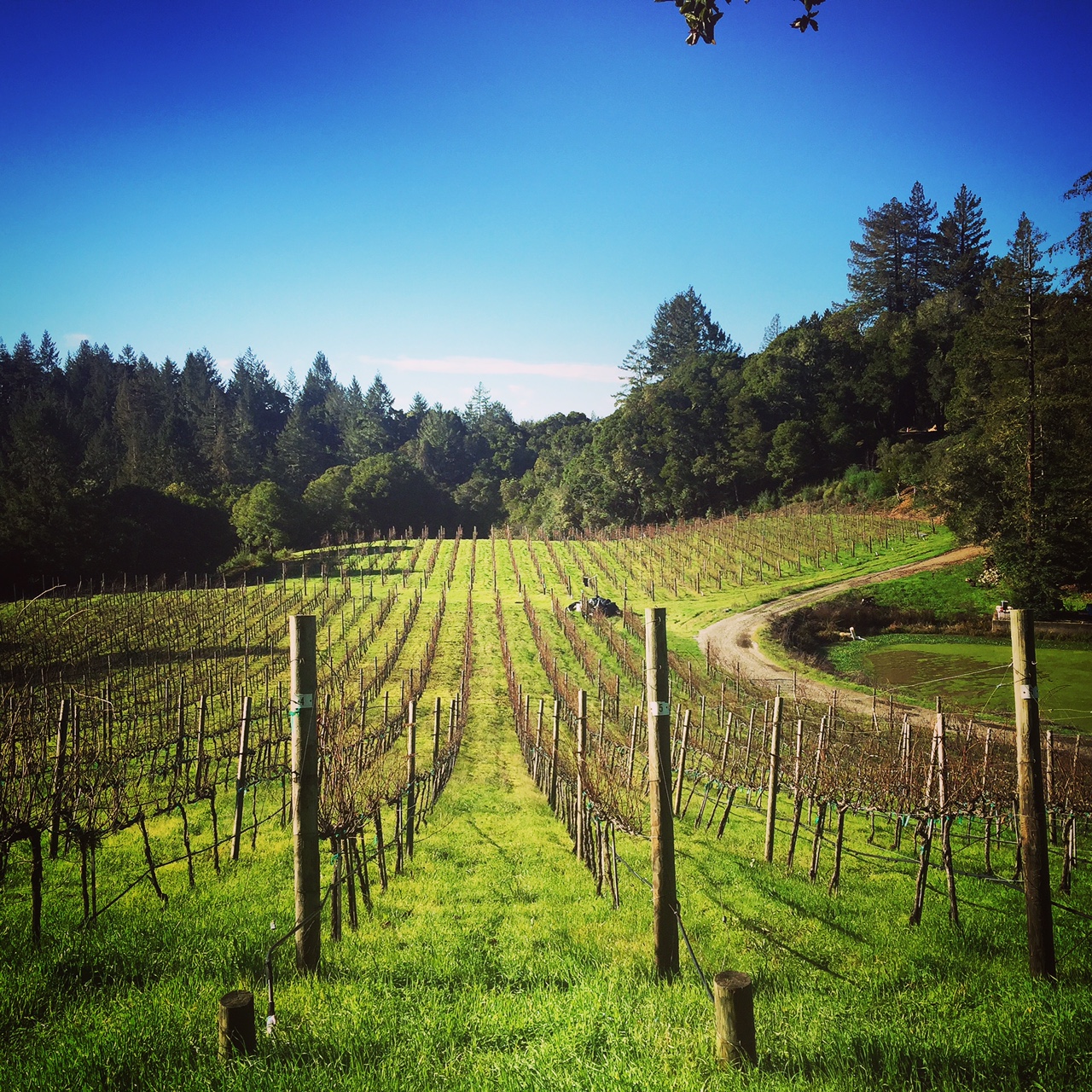

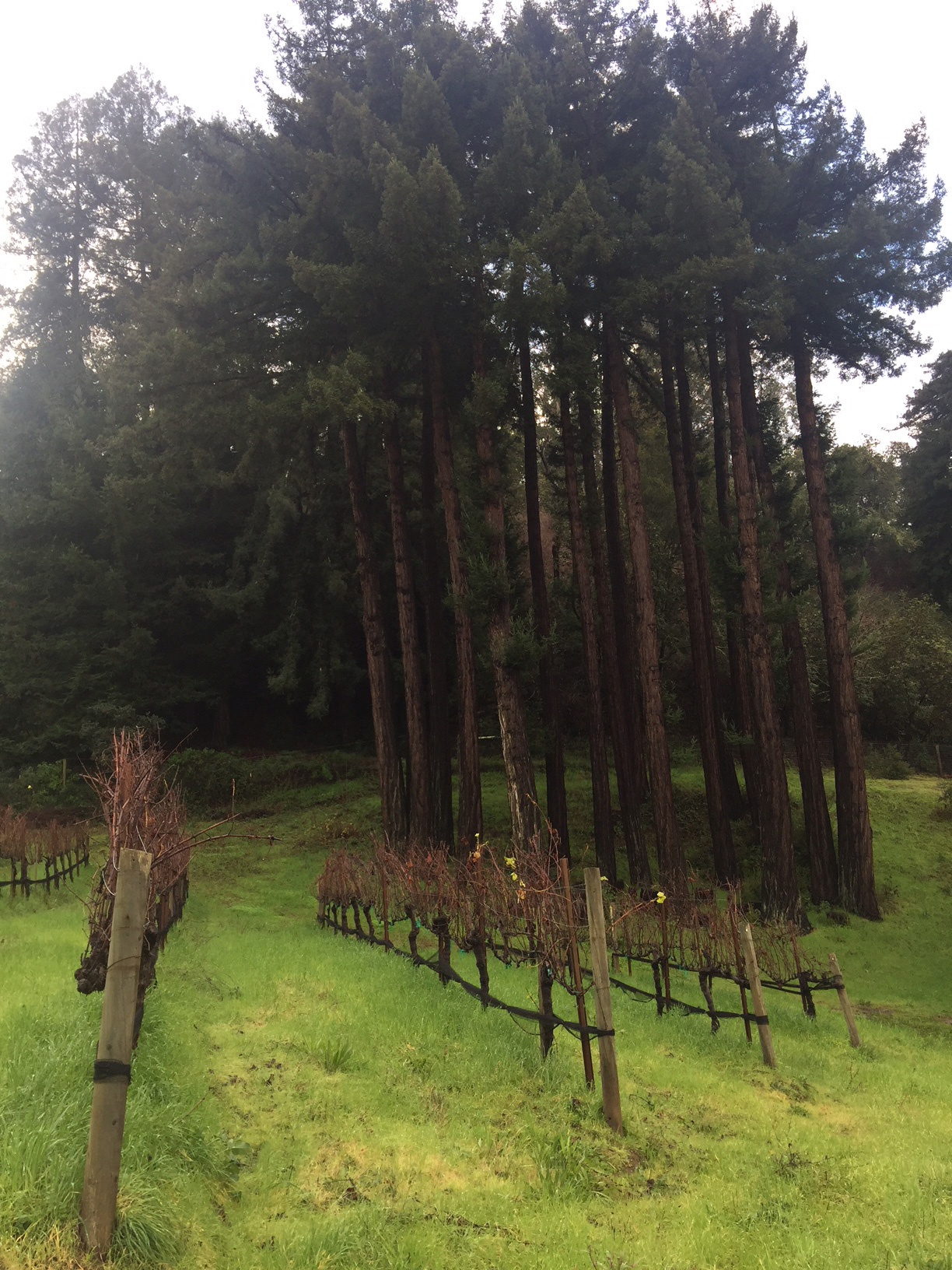

Some of the winemakers have a genius creativity that emerges in varied ways. At Thomas Fogarty, they use vine cuttings to create quail habitats. At Clos de la Tech, the winemaking team harvests fermentation vapors to analyze their aromas, and uses drone technology to monitor their vineyards. At Beauregard they revived a once thriving pre-Prohibition winemaking culture that dates back to the mid-1800s, and petitioned for their own sub-AVA, Ben Lomond Mountain AVA.
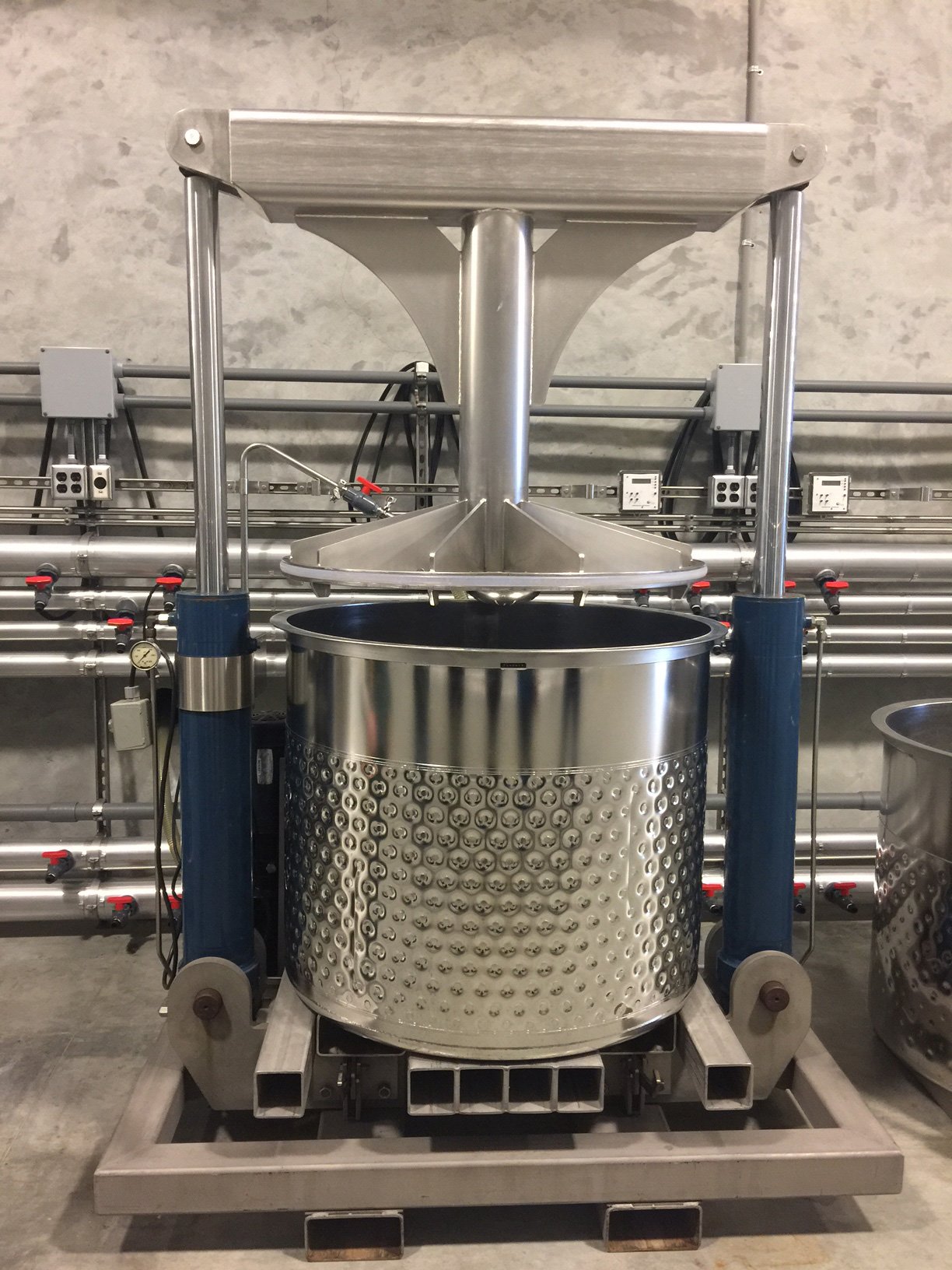

Tasting the wines is as exciting and otherworldly as driving up to the ear-poppingly high-altitude Muns vineyard—a site pushed to its great heights by the San Andreas fault. Most vineyards sit in forest clearings and the wines tend to express their surrounding flora and fauna in aromatics. You may catch a whiff of eucalyptus, a pine-like perfume, or some damp redwood bark amidst a deep bouquet of rosemary, mushroom and coyote brush. Winemaking techniques vary, but one thing is certain: when there is Santa Cruz Mountain pinot noir in your glass, it will likely be a single-vineyard, small-production wine with forest aromas and a wildness that mirrors the pioneering spirit of its maker.
This story appears in the print issue of jan 2019.
Like what you read? Subscribe today.















